Ancient Indian History GK For CTET Exam:
1. The standard seal of the Indus Valley Civilization was of the shape of:
(A) Cylinder
(B) Circle
(C) Rectangle
(D) Square
Ans: Square (D)
2. The staple food of Harappan people was:
(A) Wheat
(B) Rice
(C) Gram
(D) Bajra
Ans: Wheat (A)
3. The procedures for the performance of sacrifices are prescribed in:
(A) Yajurveda
(B) Atharvaveda
(C) Rigveda
(D) Samaveda
Ans: Yajurveda (A)
4. Vajrayana was a sect of which religion?
(A) Buddhism
(B) Jainism
(C) Vaishnavism
(D) Ajivikas
Ans: Buddhism (A)
5. Which general of Alexander suffered a defeat at the hands of Chandragupta Maurya?
(A) Plutarch
(B) Arian
(C) Seleucus
(D) Strabo
Ans: Seleucus (C)
6. Who was the last king of the Mauryan dynasty?
(A) Kunal
(B) Dasrath
(C) Brihadratha
(D) Samprati
Ans: Brihadratha (C)
7. Which of the following Mauryan Emperors dedicated the artificial caves to the sect of Ajivikas?
(A) Chandragupta Maurya
(B) Bindusara
(C) Ashok
(D) Brihadratha
Ans: Ashok (C)
8. Who was referred to as ‘Amitraghata’ by the Greek writers?
(A) Ashok
(B) Chandragupta Maurya
(C) Chandragupta II
(D) Bindusara
Ans: Bindusara (D)
9. Who was the biographer of Harshvardhan?
(A) Haridatta
(B) Jayasena
(C) Bana
(D) Mayur
Ans: Bana (C)
10. Who built the rock-cut shrines at Elephanta?
(A) Pallava
(B) Chalukya
(C) Chola
(D) Rashtrakuta
Ans: Rashtrakuta (D)
11. Who among the following was a Chinese monk who visited India during the reign of Chnadragupta II?
(A) Fa-Hien
(B) Sung Yun
(C) Hsuan Tsang
(D) I Tsing
Ans: Fa-Hien (A)
12. Which Gupta king broke down the powers of tribal republics in Western India?
(A) Samudra Gupta
(B) Chandra Gupta I
(C) Chandra Gupta II
(D) Mahendra Gupta
Ans: Samudra Gupta (A)
13. Gathasaptasati, a treatise during Satavahanas, was written in which language?
(A) Sanskrit
(B) Marathi
(C) Pali
(D) Prakrit
Ans: Prakrit (D)
14. ‘Ayas’ in Rigveda is a term used for:
(A) Dress
(B) Metal
(C) Food
(D) Sacrifice
Ans: Metal (B)
15. Which city of Harappan Civilization was known as the ‘Mound of the Dead’?
(A) Mohenjo-daro
(B) Harappa
(C) Lothal
(D) Kalibangan
Ans: Mohenjo-daro (A)
16. Which Veda provides us the magical formulae to restrain evil spirits?
(A) Rigveda
(B) Samaveda
(C) Yajurveda
(D) Atharvaveda
Ans: Atharvaveda (D)
17. What does Krishnala mean in the later Vedic period?
(A) Text
(B) Coin
(C) Tax
(D) Soil
Ans: Coin (B)
18. Which kind of race did the Palaeolithic man belong to?
(A) Proto Australoid
(B) Mongoloid
(C) Negrito
(D) Caucasoid
Ans: Negrito (C)
19. Chirand, a neolithic site, is found in which state of India?
(A) Uttar Pradesh
(B) Bihar
(C) Chhattisgarh
(D) Uttarakhand
Ans: Bihar (B)
20. From where did Buddha start practising Dharmachakra pravartan?
(A) Bodhgaya
(B) Kushinagar
(C) Varanasi
(D) Kaushambi
Ans: Varanasi (C)
21. Angas were the sacred literature of which belief?
(A) Ajivika
(B) Buddhism
(C) Jainism
(D) Saivism
Ans: Jainism (C)
22. According to Megasthenes, Indians were divided into how many classes?
(A) Three
(B) Five
(C) Seven
(D) Nine
Ans: Seven (C)
23. Which source of the Mauryan Empire refers to a water tax, whenever the state assisted in providing irrigation?
(A) Arthasastra
(B) Mudrarakshasa
(C) Indika
(D) Mahavamsa
Ans: Arthasastra (A)
24. Which river flowed near Lothal?
(A) Indus
(B) Chenab
(C) Bhogavo
(D) Jhelum
Ans: Bhogavo (C)
25. Which inscription narrates the victory of Pulakeshin II over Harshavardhan?
(A) Nasik
(B) Kanchi
(C) Aihole
(D) Kannauj
Ans: Aihole (C)
26. Which Pallava king started the technique of excavating stone temples out of solid rocks?
(A) Nrasimhavarman I
(B) Mahendravarman I
(C) Nrasimhavarman II
(D) Mahendravarman II
Ans: Mahendravarman I (B)
27. Who was the author of Surya Siddhanta?
(A) Varahamihira
(B) Brahmagupta
(C) Bhaskar
(D) Aryabhatta
Ans: Aryabhatta (D)
28. Bhukti, in Gupta administrative division, denotes which of the following unit?
(A) District
(B) Province
(C) City
(D) Village
Ans: Province (B)
29. The evidence of pot burial could be traced from:
(A) Rojadi
(B) Banavali
(C) Alamgirpur
(D) Surkotada
Ans: Surkotada (D)
30. Who discovered the famous Palaeolithic site of Bhimbetka?
(A) K.N. Dikshit
(B) S.R. Rao
(C) V.S. Vakankar
(D) N.G. Majumdar
Ans: V.S. Vakankar (C)
31. ‘Krishna Ayas’ in Later Vedic literature refers to which kind of metal?
(A) Copper
(B) Tin
(C) Bronze
(D) Iron
Ans: Iron (D)
32. With which of the following Veda Kaushitaki Brahmana associated?
(A) Atharvaveda
(B) Rigveda
(C) Samaveda
(D) Yajurveda
Ans: Rigveda (B)
33. Who for the first time mentioned about the mounds of Harappa?
(A) Charles Mason
(B) Cunningham
(C) R.D. Banerjee
(D) Fleet
Ans: Charles Mason (A)
34. The head of an agricultural department in Mauryan administration was called:
(A) Kupyadhyaksha
(B) Suradhyaksha
(C) Sitadhyaksha
(D) Lakshanadhyaksha
Ans: Sitadhyaksha (C)
35. Which Satavahana was given the credit of uprooting the Shakas?
(A) Vasishthiputra
(B) Gautamiputra
(C) Satakarni I
(D) Hala
Ans: Gautamiputra (B)
36. Who was forced to conclude a disgraceful treaty with Shakas?
(A) Chandra Gupta I
(B) Chandra Gupta II
(C) Samudra Gupta
(D) Ram Gupta
Ans: Ram Gupta (D)
37. Which Rashtrakuta king built a pillar of victory at Rameshwaram?
(A) Krishna I
(B) Krishna II
(C) Krishna III
(D) Krishna IV
Ans: Krishna III (C)
38. From where did the Sanskritization of South India start?
(A) Badami
(B) Ellora
(C) Madurai
(D) Kanchi
Ans: Kanchi (D)
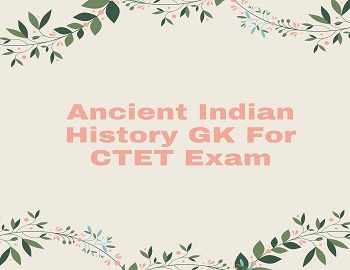
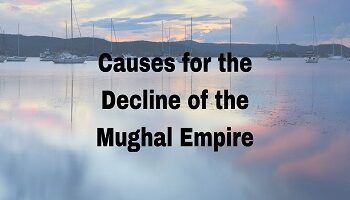

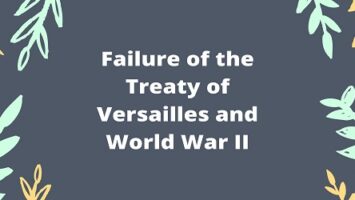
![Muslim League [December 30, 1906] 5 Muslim League](https://gkscientist.com/wp-content/uploads/2021/05/Muslim-League.jpg)
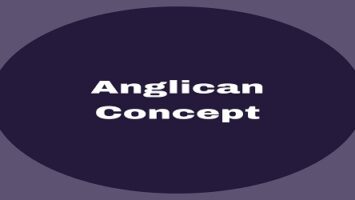
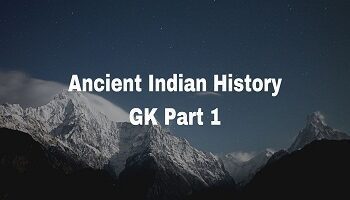
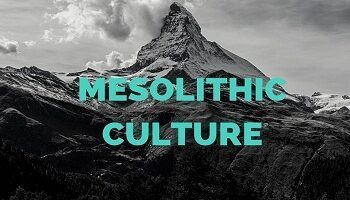
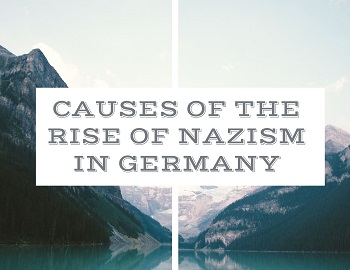
Comments (No)